Overview
Map
Other Details
كنيسة تلاميذ مار مارون مطرانيّة جبيل المارونيّة
Aamchit
Jbeil
Mount Lebanon
كنيسة تلاميذ مار مارون مطرانيّة جبيل المارونيّة - عمشيتفي ٢٥ حزيران سنة ١٨٩٢ أوقف فارس جبوّر كرم بيته وأرزاقه لنيابة جبيل البطريركيّة، لتكون مركزًا للنائب البطريركيّ. سنة ١٩٠٨ كُرّست الكنيسة في الطابق السفليّ على اسم الشهداء الثلاثمئة والخمسون تلاميذ مار مارون. الكنيسة كناية عن قبوٍ طويل فيه مذبح خشبيّ. رمّم البناء سنة ١٩٩١ وأصبح مقرًّا لأبرشيّة جبيل المارونيّة.The church of the disciples of St Maroun in Jbeil’s episcopal seat - AamchitOn the 25th of June 1892, Fares Jabbour Karam donated his estate to the patriarcal vicariats of Jbeil to become a headquarter for the patriarcal vicar. In 1908 a small church dedicated to the 350 martyrs disciples of St Maroun was consecrated in a vault on the groud floor. The church has a wooden altar and tabernacle. The structure was renovated in 1991 and became the seat of the newly created Maronite Bishopric of Jbeil.
Visited 2320 times, 1 Visit today





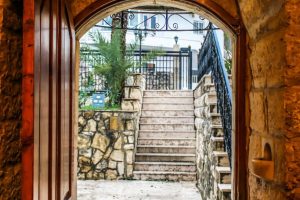
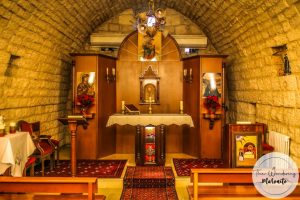
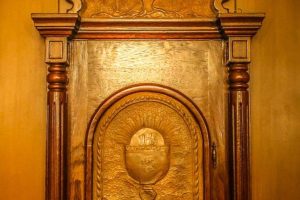





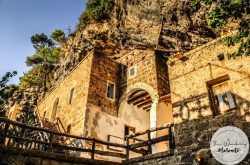
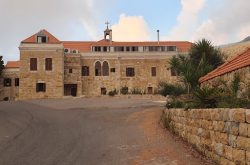

Reviews are disabled, but trackbacks and pingbacks are open.